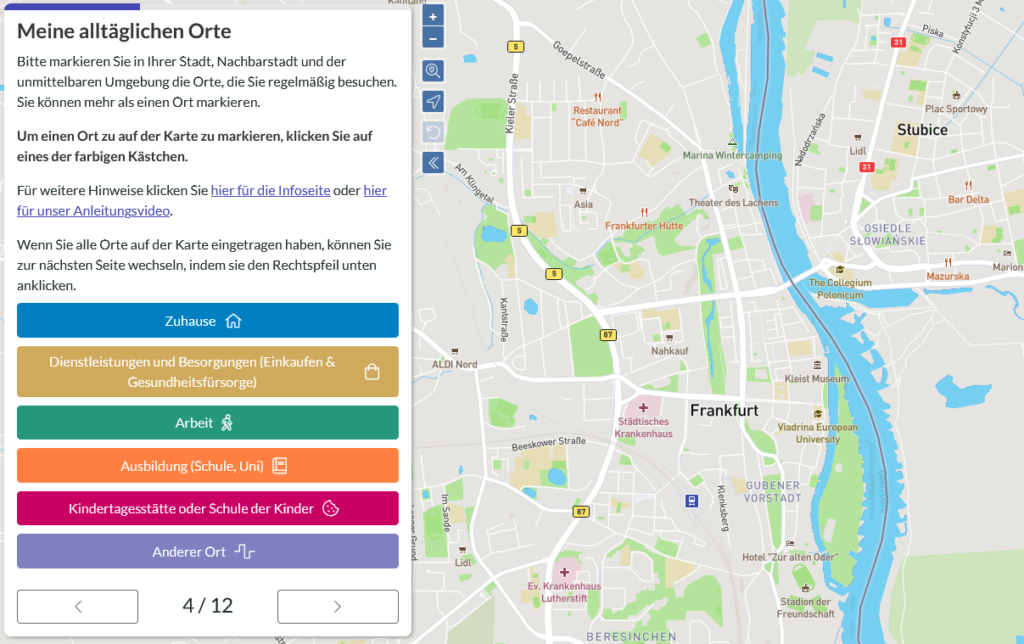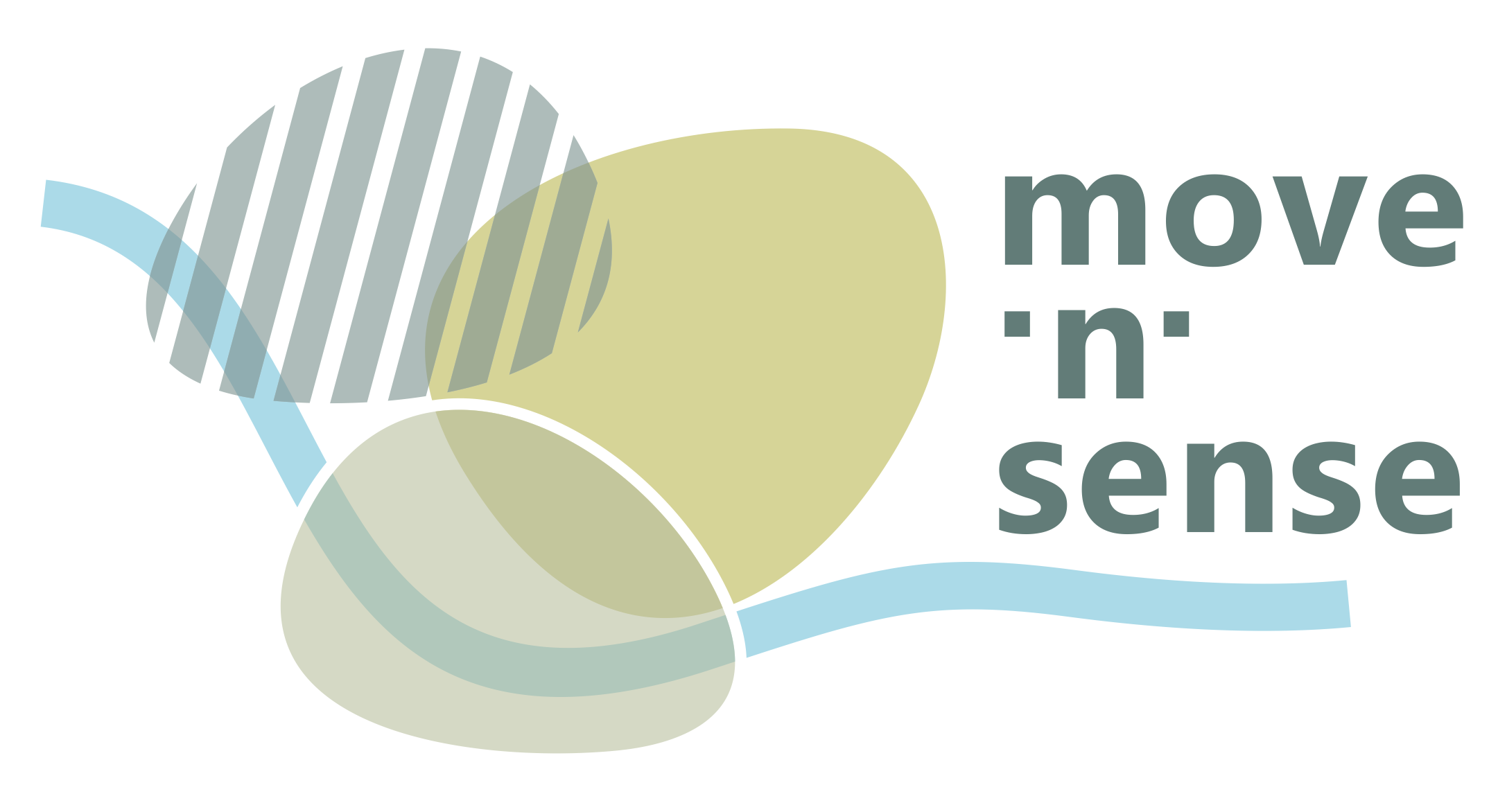These two distinct work packages appear together as they are investigated with the same methods.
Work package 2 aims at revealing local and regional mobility characteristics and patterns and perceptions of individual life-space especially considering the border context within the study areas. We want to characterize mobilities based on motivation for mobility, such as work or leisure, travel mode, such as use of car or bike, and frequency. All types of mobility are included, ranging from migration to daily mobility, as well as virtual mobility e.g. consuming media from neighbouring country or mobility via means of communication.
Work package 3 aims at exploring citizens’ directly perceived and socially and culturally constructed senses of place in natural and semi-natural landscapes accounting for essentialist and progressive perspectives.
Two step process

Online map-based participation tool where citizens indicate their mobility behaviour using spatial and non-spatial tools, e.g. drawing travel routes. Quantitative surveying enables to establish mobility types/typology based on statistical analysis.

Focus Groups with local citizens to assess their mobility behavior and their senses of place. This will include group discussions and Mental Mapping exercises.

